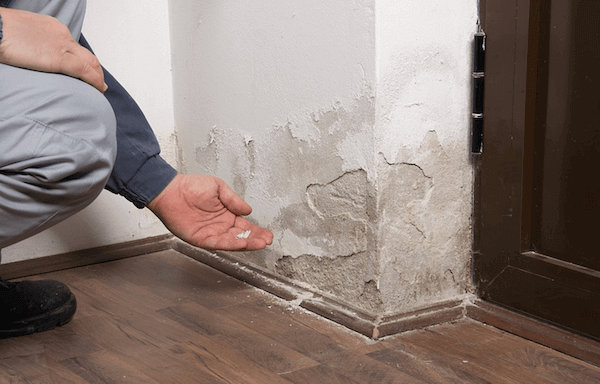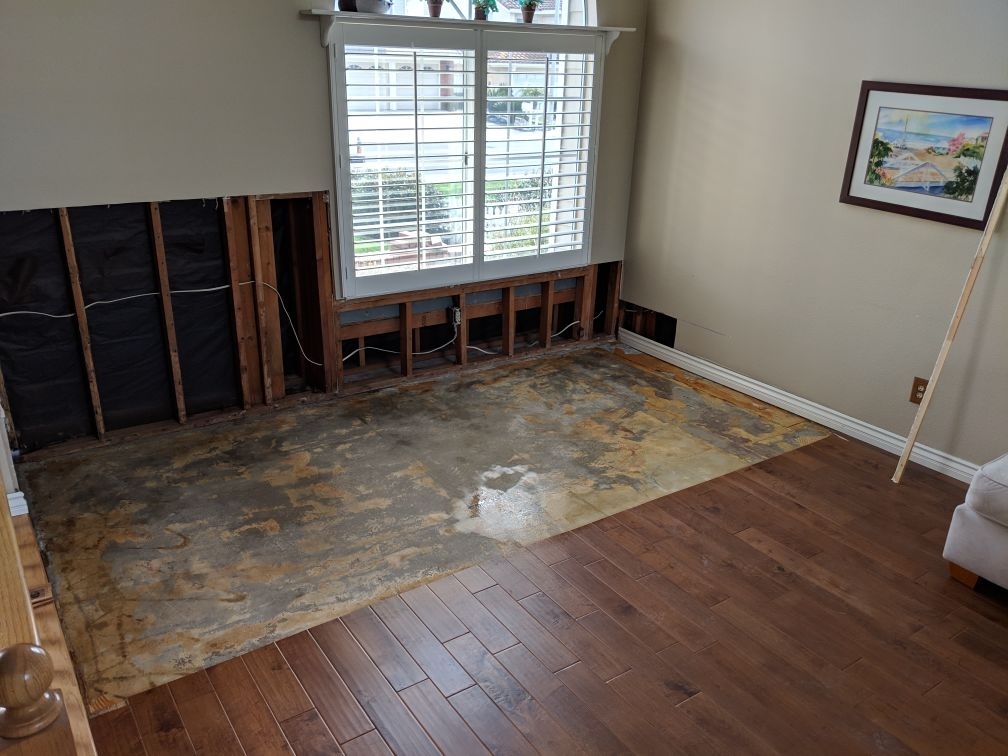6 Water Damage Remediation Do's and Don'ts.
6 Water Damage Remediation Do's and Don'ts.
Blog Article
What are your concepts on Reducing Your Risk Of Water And Fire Damage At Home?

Water provides life, water intrusion on parts where it's not supposed to be can result in damages. Residences with water damages odor moldy and old.
Water can come from many resources such as tropical storms, floodings, burst pipelines, leakages, and sewer issues. In case you experience water damage, it would be excellent to know some security precautions. Right here are a couple of standards on how to manage water damage.
Do Prioritize Home Insurance Coverage Coverage
Water damage from flood because of heavy winds is seasonal. You can also experience an unexpected flooding when a damaged pipe suddenly bursts into your residence. It would certainly be best to have home insurance policy that covers both acts of God such as natural catastrophes, as well as emergency situations like broken plumbing.
Do Not Fail To Remember to Turn Off Utilities
In case of a catastrophe, especially if you reside in a flood-prone location, it would certainly be advisable to shut off the major electrical circuit. This cuts off power to your whole house, preventing electric shocks when water can be found in as it is a conductor. Do not fail to remember to turn off the primary water line shutoff. When floodwaters are high, furnishings will certainly move around as well as create damages. Having the primary valve turned off protects against more damages.
Do Remain Proactive and also Heed Climate Signals
Tornado floods can be very unpredictable. If there is a background of flooding in your neighborhood, stay aggressive and also prepared. If you live near a river, lake, or creek , pay attention to evacuation warnings. Obtain belongings from the first stage and also cellar, after that put them on the greatest feasible level. Doing so reduces potential residential or commercial property damages.
Do Not Ignore the Roofing System
You can stay clear of rain damage if there are no holes as well as leakages in your roofing system. This will certainly protect against water from flowing down your wall surfaces as well as saturating your ceiling.
Do Focus On Little Leakages
A burst pipe does not take place over night. You may notice gurgling paint, peeling wallpaper, water touches, water stains, or dripping sounds behind the walls. Have your plumbing fixed prior to it results in massive damage.
Do Not Panic in Case of a Ruptured Pipe
Keeping your presence of mind is crucial in a time of crisis. Panicking will just compound the problem because it will certainly stifle you from acting quick. When it concerns water damage, timing is key. The longer you wait, the even more damage you can anticipate. Thus, if a pipe bursts in your house, immediately turned off your primary water shutoff to cut off the source. Then disconnect all electric outlets in the location or switch off the breaker for that part of the house. Call a respectable water damages repair professional for aid.
Water gives life, water intrusion on components where it's not supposed to be can result in damage. Homes with water damage odor musty and also old.
Water damage from flood dues to heavy winds is seasonal. You might observe bubbling paint, peeling wallpaper, water streaks, water discolorations, or leaking sounds behind the walls. When it comes to water damages, timing is key.
Water Damage Do and Don'ts
Water damage at your home or commercial property is a serious problem. You will need assistance from a professional plumber and a water damage restoration agency to get things back in order. While you are waiting for help to arrive, however, there are some things you should do to make the situation better. Likewise, there are things you absolutely shoud not do because they will only make things worse.
DO these things to improve your situation
Get some ventilation going. Open up your doors, your windows, your cabinets – everything. Don’t let anything remain closed. Your aim here is to expose as much surface area to air as possible in order to quicken the drying out process. Use fans if you have them, but only if they’re plugged into a part of the house that’s not currently underwater.
Remove as much standing water as you can. Do this by using mops, sponges and clean white towels. However, it’s important that you don’t push or wipe the water. Simply use blotting motions to soak it up. Wiping or pushing could result in the water getting pushed deeper into your home or carpeting and increasing your problem.
Turn off the power to the soaked areas. You will want to remove the danger of electrocution from the water-logged area to do some cleaning and to help the plumber and the restoration agents do their work.
Move any furniture and belongings from the affected room to a safe and dry area. Taking your possessions to a dry place will make it easier to decide which need restoring and repair. It will also prevent your belongings from being exposed to further moisture.
DON’T do any of these things for any reason
Don’t use your vacuum cleaner to suck up the water. This will not only get you electrocuted, but will also severely damage your vacuum cleaner. Use manual means of water removal, like with mops and pails.
Don’t use newspaper to soak up the water. The ink they use for newsprint runs and transfers very easily, which could then stain carpet and tile with hard-to-remove stains.
Don’t disturb mold. This is especially true if you spot a severe growth. Leave the mold remediation efforts to the professionals. Attempting to clean it yourself could mean exposing yourself to the harmful health effects of mold. Worse, you could inadvertently spread it to other areas of the house.
Don’t turn on your HVAC system until given approval from the restoration agency. Turning your HVAC system on before everything has been cleaned could spread moisture and mold all over the house.
https://www.dreyersdki.com/about-us/blog/water-damage-do-and-donts

Do you like reading about Reducing Your Risk Of Water And Fire Damage At Home? Create feedback down the page. We'd be interested to see your suggestions about this post. Hoping that you come back again soon. Sharing is good. One never knows, you may very well be doing someone a favor. Thanks for taking the time to read it.
Report this page